The Department of Agriculture and Rural Development said that up to now, Binh Thuan has not had a basic, comprehensive study or investigation to accurately count the number of plant species that can be used as medicinal herbs. Research in this field in the past has been mainly individual by individuals and organizations passionate about medicinal plants and most of it was collected from local people living near the forest.
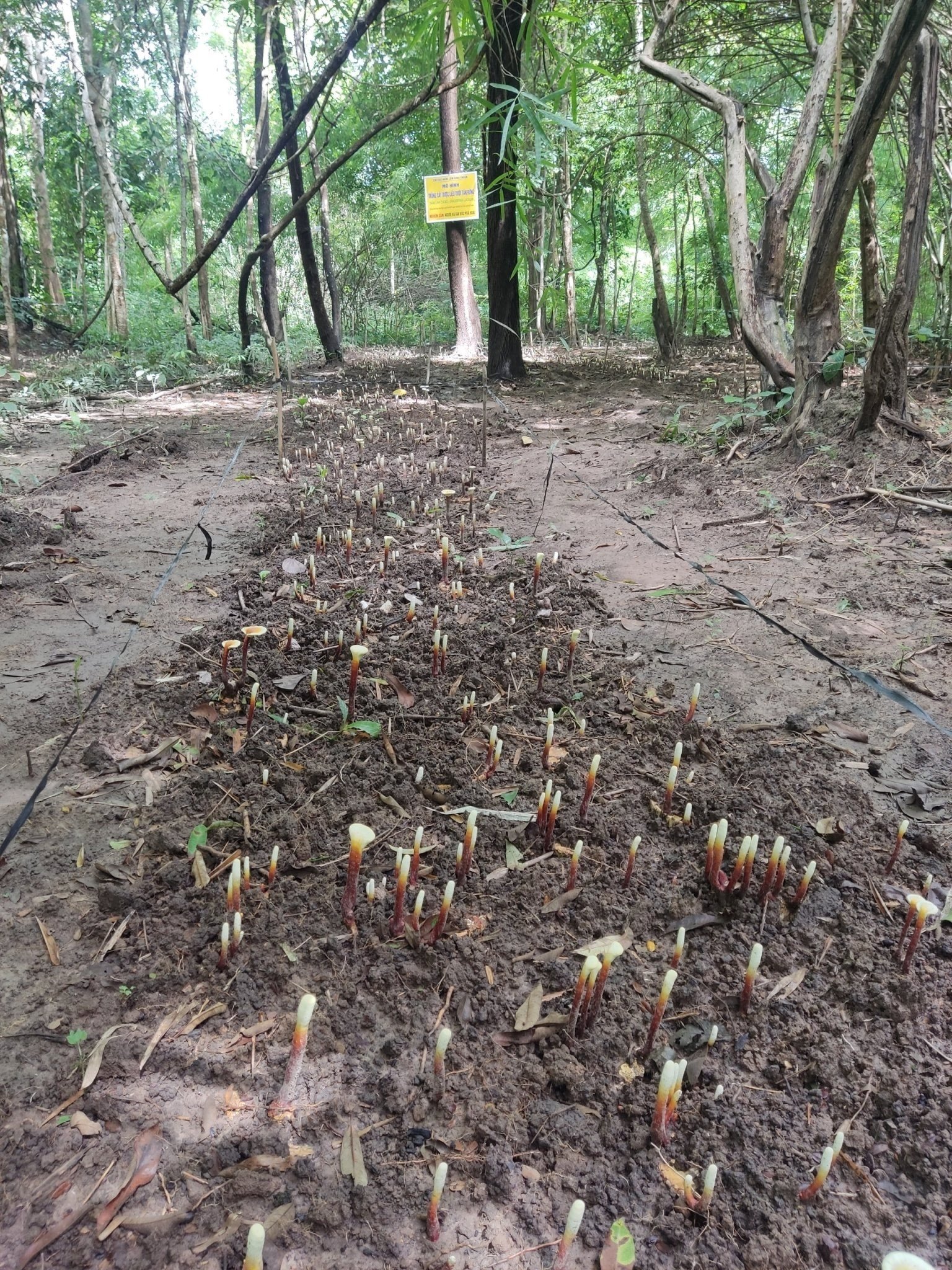
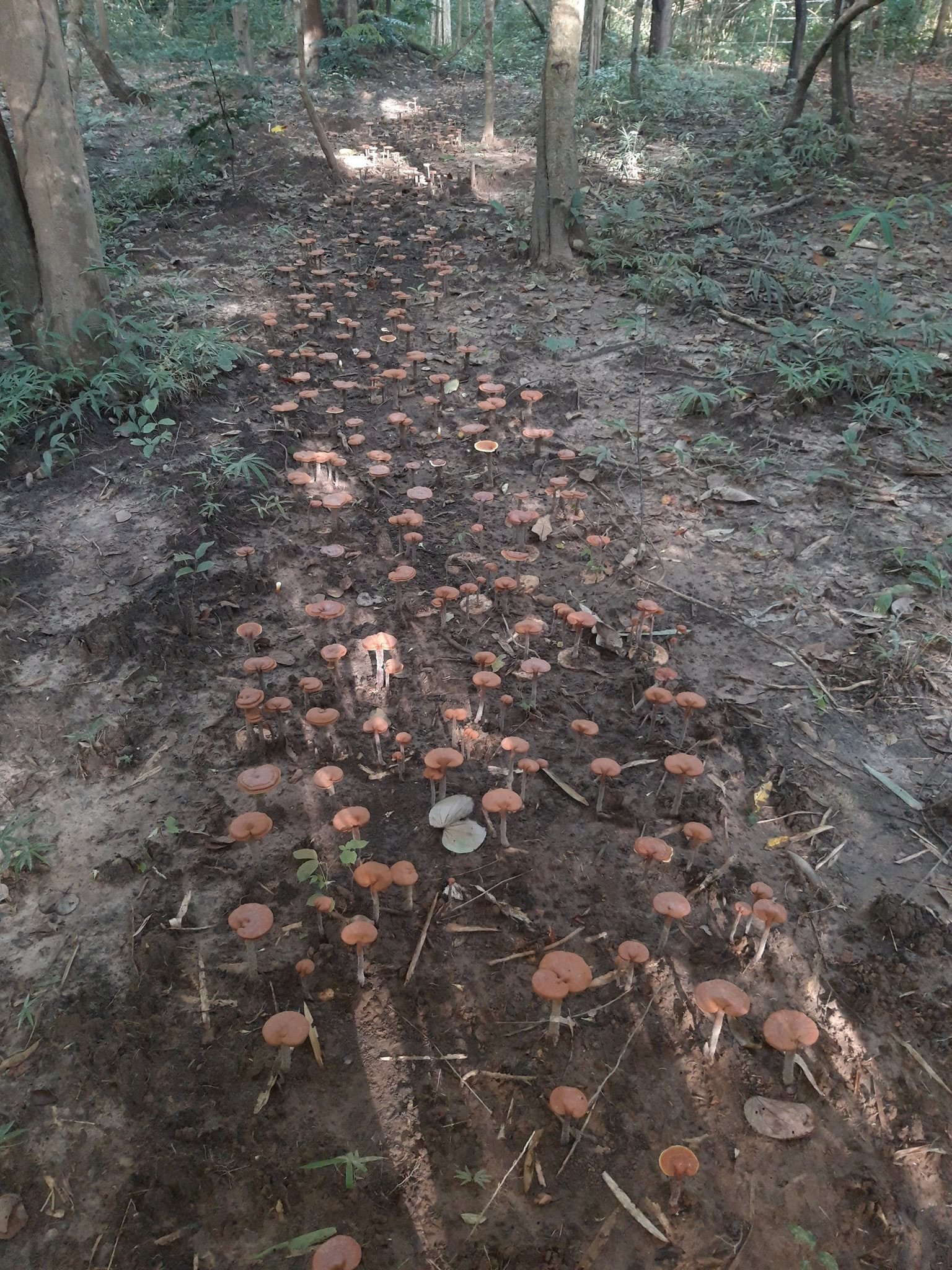
From the information provided by organizations and individuals, it was initially determined that in the northern forest area of the province, there are quite a variety of medicinal plants, such as: Bi Ky Nam (also known as ant nest tree, Bi Ky Nam fruit, Kien Ky Nam), Huyet Rong (also known as Hong Dang, Huyet Dang, Blood Tree), and Gecko Stone (also known as Cot Toai Bo). In addition, there are also Polygonum multiflorum, Kim Tien Thao, Xao Tam Phan, Tu Bach Long, An Xoa, Rau Meo (also known as Cotton Tree), Mat Nhan, Acanthopanax, Ginger Wind, Hibiscus Vine... In particular, there are species with high economic value such as Sam Bo Chinh, Ba Kich, and Green Lim Mushroom.
The central forest area also has many medicinal plants such as lingzhi mushroom, cardamom, Andrographis paniculata, Coptis chinensis, Euryale ferox, Cam bien, and Chinese yam. Particularly, the southern mountainous area of the province has a favorable climate, a lot of rain, and a typical forest type of evergreen broadleaf forest, so the medicinal plants here are more diverse with about 350 medicinal plant species. Of these, 9 medicinal plant species have been recorded in the Vietnam Red Book, including Ginger yam, Euryale ferox, Smilax glabra, Vajra, Orchid, Le duong, Acanthopanax, Artemisia vulgaris, and Tiger beard.
According to our research, up to now, no locality in the province has implemented a medicinal plant growing model, only small traders collect and buy medicinal products from the forest through people exploiting, then sell them back to the market. Last year, the Provincial Forest Protection Department deployed a model of cultivating a number of medicinal species under the forest canopy, including: lingzhi mushroom, yam, and ginseng in the forest areas managed by the Song Mong - Ka Pet, Song Mao, Hong Phu Protective Forest Management Boards and Ta Cu Nature Reserve. The medicinal plant growing models under the forest canopy have all brought positive results.
According to the Department of Agriculture and Rural Development, with the value of the process of people collecting and using medicinal herbs in the wild, as well as understanding the characteristics, growth conditions, development and value of each type of medicinal herb, it is very necessary to protect, expand and develop medicinal herb areas under the forest canopy. However, the current difficulty is that the initial investment capital for planting and caring for medicinal plants is relatively high compared to other crops. The application of technical processes is still limited because there are not many experts in this field in the province. Moreover, there are not many medicinal plant growing models for people to refer to, and the consumption market is unstable.
Therefore, the provincial functional sector has proposed orientations with many measures to overcome difficulties and develop medicinal plants under the forest canopy. In particular, it will actively seek funding sources to research and expand areas of rare and valuable medicinal plants, including existing areas in the wild and newly planted areas under the natural forest canopy. Promote forms of joint ventures; develop preferential policies in production, registration and circulation of medicinal plants and products from medicinal plants. Develop a mechanism for investment coordination and mutual benefit between people and forest owners; promote the application of new science and technology, especially in the conservation of medicinal plants, propagation, experimental planting, protection registration and processing of products from medicinal plants, etc.
Source




![[Photo] Hanoi morning of October 1: Prolonged flooding, people wade to work](https://vphoto.vietnam.vn/thumb/1200x675/vietnam/resource/IMAGE/2025/10/1/189be28938e3493fa26b2938efa2059e)







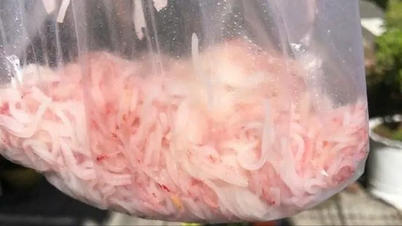

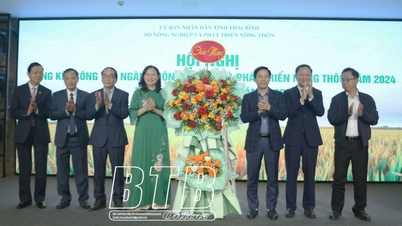




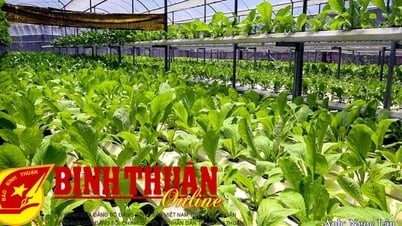








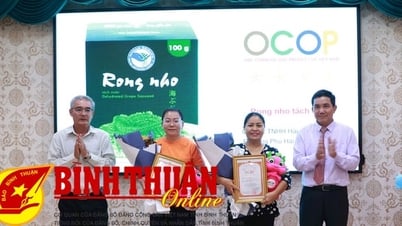




![[Photo] President Luong Cuong receives President of the Cuban National Assembly Esteban Lazo Hernandez](https://vphoto.vietnam.vn/thumb/1200x675/vietnam/resource/IMAGE/2025/9/30/4d38932911c24f6ea1936252bd5427fa)
![[Photo] Panorama of the cable-stayed bridge, the final bottleneck of the Ben Luc-Long Thanh expressway](https://vphoto.vietnam.vn/thumb/1200x675/vietnam/resource/IMAGE/2025/9/30/391fdf21025541d6b2f092e49a17243f)






















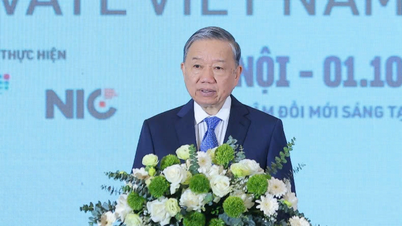



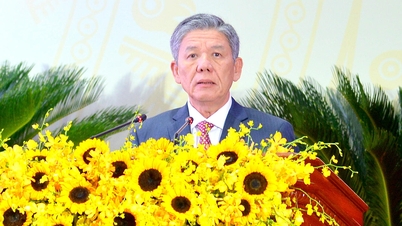







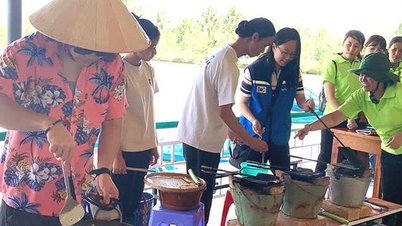



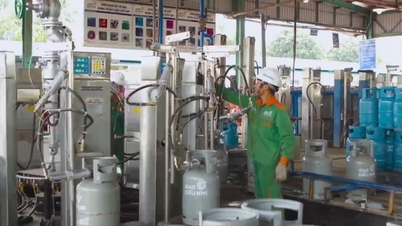




















Comment (0)